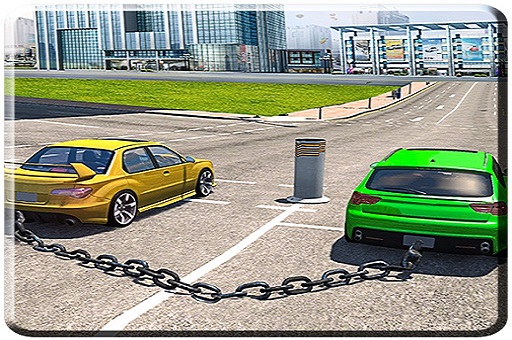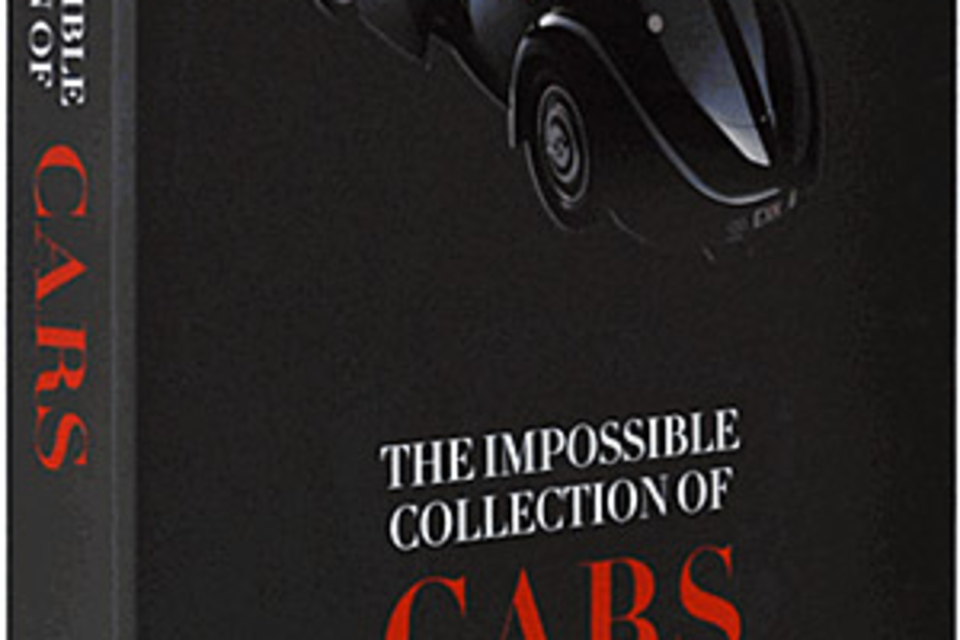

- #DIRT 5 SPRINT CARS IMPOSSIBLE DRIVERS#
- #DIRT 5 SPRINT CARS IMPOSSIBLE DRIVER#
- #DIRT 5 SPRINT CARS IMPOSSIBLE PROFESSIONAL#
Sprint races, unlike the longer distance Vanderbilt and Indianapolis 500 events, were short distance, all-out races that rarely, if ever, required pit stops for fuel, wheel repairs or driver changes. Simultaneously, the term sprint began to take on significance as a defining factor in the media of the day. Gradually sprint car racing, without any specific identity albeit, was slowly beginning to take the shape and form that we see today. Regional competition, although generally informal and unorganized, was being contested over much shorter distances and on tracks much shorter than the 2.5 mile oval in Indianapolis. But, racing at the grass roots level in America was continuing to proliferate steadily on horse racing tracks and county fair ovals. In those early 20th century years, the prestigious 283 mile Vanderbilt and Indianapolis 500 mile events were the center of the nation’s attention. And, with the inaugural 500 mile “Decoration Day” event in Indianapolis in 1911, oval track racing had its own national centerpiece. A short time later when the Indianapolis Motor Speedway opened in 1909 American oval track racing had come of age. Away from New York and Chicago, however, racing’s growth was taking place on the dirt ovals in rural America. Vanderbilt, the Vanderbilt Cup’s namesake and the forward thinking entrepreneur who proposed and funded the successful events, is the patron saint of American auto racing. In fact, it might be argued that William K. The 283 mile Vanderbilt Cup events were hugely popular and received widespread publicity. At the time, Europe was well ahead of America in all aspects of auto racing.
#DIRT 5 SPRINT CARS IMPOSSIBLE DRIVERS#
Contested on the streets of New York City, the event brought Europe’s premier cars and drivers together to compete against America’s best. Nine years after Duryea’s victory in Chicago, auto racing achieved national recognition as a sport when the Vanderbilt Cup races began in 1904.

Whiting pushed his electrically powered open wheeler to victory at an average speed of 26.8 mph. In this thriller, a five lapper which featured steam, electric and gasoline powered vehicles, A.H. A year later in 1896, the first recorded oval track race was held on a one mile dirt track in Cranston, Rhode Island. Those of us who occasionally travel those same congested streets today can confirm that Duryea’s average speed of 7 mph will forever stand as the track record. On that blustery fall day, Frank Duryea, driving a gasoline powered machine of his own design, defeated five competitors in a 54 mile road course event over the snow covered streets of Chicagoland. Does “sprint car” refer to a specific machine, separate and apart from the Indianapolis 500 and championship cars of the day? Or, does it define a shorter distance, all-out, racing format? Let’s look back.Īuto racing came to America on Thanksgiving Day, 1895. The difficult task is complicated by the subjective nature of the term itself.
#DIRT 5 SPRINT CARS IMPOSSIBLE PROFESSIONAL#
Even though experiments with smaller engines in smaller chassis had been undertaken for years prior to 1933, midget racing came together in a professional and organized way on that date.įor sprint car researchers, however, the genesis conundrum remains unresolved. That’s when the first organized midget race was held in Sacramento, California. Midget racing, the sibling of sprint car racing, neatly traces its origin to a single day, June 4, 1933. While this fable is ripe with color, it is not very convenient for historians who have debated the genesis of sprint car racing for many years. As legend has it, sprint car racing was born on that day. Some say the commotion started in the dirt … with thunder and lightning, bent iron … with sweat and blood, screams of pain … and with shattered beer bottles. The History of Sprint Car Racing - Mission Impossible


 0 kommentar(er)
0 kommentar(er)
